Transcarpathia is a historical region on the border between Central and Eastern Europe, mostly located in western Ukraine's Zakarpattia Oblast.
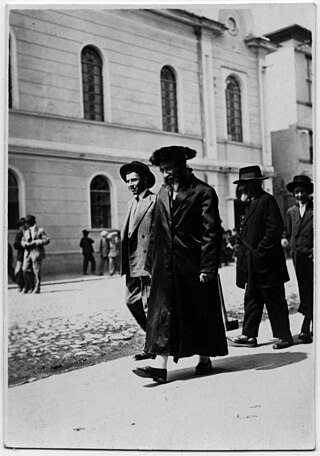
Jews settled in this small region variously called Ruthenia, Carpathian Ruthenia, Sub-Carpathian Ruthenia or simply Transcarpathia as early as the 15th century. Local rulers allowed Jewish citizens to own land and practice many trades that were precluded to them in other locations. Jews settled in the region over time and established communities that built great synagogues, schools, printing houses, businesses, and vineyards. By the end of the 19th century there were as many as 150,000 Jews living in the region.
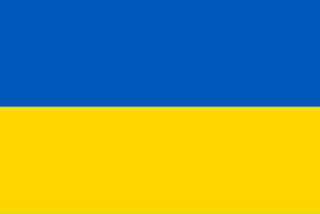
Carpatho-Ukraine or Carpathian Ukraine was an autonomous region, within the Second Czechoslovak Republic, created in December 1938 and renamed from Subcarpathian Rus', whose full administrative and political autonomy had been confirmed by constitutional law of 22 November 1938.
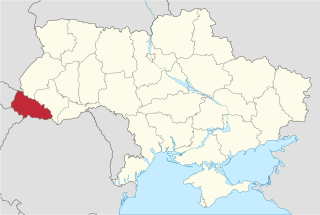
Zakarpattia Oblast, also referred to as simply Zakarpattia or Transcarpathia in English, is an oblast located in the Carpathian Mountains in west Ukraine, mostly coterminous with the historical region of Carpathian Ruthenia. Its administrative centre is the city of Uzhhorod. Other major cities within the oblast include Mukachevo, Khust, Berehove, and Chop, the last of which is home to railroad transport infrastructure.

Uzhhorod is a city and municipality on the Uzh River in western Ukraine, at the border with Slovakia and near the border with Hungary. The city is approximately equidistant from the Baltic, the Adriatic and the Black Sea (650–690 km) making it the most inland city in this part of Europe. It is the administrative center of Zakarpattia Oblast (region), as well as the administrative center of Uzhhorod Raion (district) within the oblast. Population: 115,449.
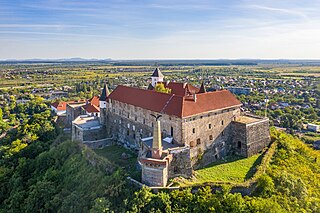
Mukachevo is a city in Zakarpattia Oblast, western Ukraine. It is situated in the valley of the Latorica River and serves as the administrative center of Mukachevo Raion. The city is a rail terminus and highway junction, and has beer, wine, tobacco, food, textile, timber, and furniture industries. During the Cold War, it was home to Mukachevo air base and a radar station.

Rusyns, also known as Carpatho-Rusyns, Ruthenians, or Rusnaks, are an East Slavic ethnic group from the Eastern Carpathians in Central Europe. They speak Rusyn, an East Slavic language variety, treated variously as either a distinct language or a dialect of the Ukrainian language. As traditional adherents of Eastern Christianity, the majority of Rusyns are Eastern Catholics, though a minority of Rusyns practice Eastern Orthodoxy. Rusyns primarily self-identify as a distinct Slavic people and they are recognized as such in Croatia, Hungary, Poland, Romania, Serbia, and Slovakia, where they have official minority status. Alternatively, some identify more closely with their country of residence, while others are a branch of the Ukrainian people.
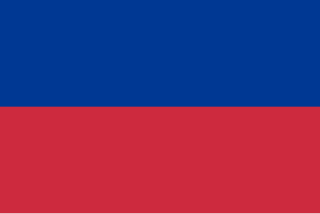
Carpathian Ruthenia was a region in the easternmost part of Czechoslovakia which in September 1938 became an autonomous region within that country. On 15 March 1939 it declared its independence as the "Republic of Carpatho-Ukraine"; however, on that same day it was occupied and annexed by Hungary.

Lemko-Rusyn People's Republic, often known also as the Lemko-Rusyn Republic, just the Lemko Republic, or the Florynka Republic, was a short-lived state founded on 5 December 1918 in the aftermath of World War I and the dissolution of the Austro-Hungarian Empire. It was centered on Florynka, a village in the south-east of present-day Poland. Being Russophile, its intent was unification with a democratic Russia and was opposed to a union with the West Ukrainian People's Republic. A union with Russia proved impossible, so the Republic then attempted to join Subcarpathian Rus' as an autonomous province of Czechoslovakia. This, however, was opposed by the then governor of Subcarpathian Rus', Gregory Žatkovič.
Galician Russophilia or Moscophilia was a cultural and political movement largely in the Kingdom of Galicia and Lodomeria, Austria-Hungary. This ideology emphasized that since the Eastern Slavic people of Galicia were descendants of the people of Kievan Rus' (Ruthenians), and followers of Eastern Christianity, they were thus a branch of the Russian people. The movement was part of the larger Pan-Slavism that was developing in the late 19th century. Russophilia was largely a backlash against Polonisation and Magyarisation that was largely blamed on the landlords and associated with Roman Catholicism.
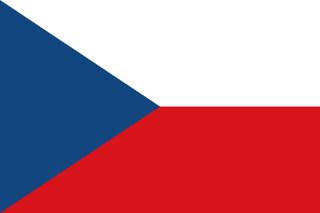
The Second Czechoslovak Republic, officially the Czecho-Slovak Republic, existed for 169 days, between 30 September 1938 and 15 March 1939. It was composed of Bohemia, Moravia, Silesia and the autonomous regions of Slovakia and Subcarpathian Rus', the latter being renamed Carpathian Ukraine on 30 December 1938.

Russian National Autonomous Party was one of political parties of ethnic Rusyns in Second Czechoslovak Republic. It was founded by Štepan Fencik, just ahead of the 1935 Czechoslovak parliamentary election, in March 1935 in Mukachevo. Fencik was elected to parliament. The party published Nash puť.
The Autonomous Agrarian Union, abbreviated AZS was a political party in Czechoslovakia, which fought for autonomy for Subcarpathian Rus' within the Second Czechoslovak Republic. The party was founded as the Subcarpathian Agrarian Union. The party published Russkij vestnik. It was represented in the Czechoslovak parliament by Ivan Kurtyak(ru).

Parliamentary elections were held in Czechoslovakia on 27 October 1929. The Republican Party of Farmers and Peasants, emerged as the largest party, winning 46 seats in the Chamber of Deputies and 24 seats in the Senate. Voter turnout was 90.2% in the Chamber election and 78.8% for the Senate. The rightward shift of the 1925 elections was reversed, with moderate centre-left groups increasing their vote shares whilst the Communist Party suffered a set-back.

Elections for deputies to the Czechoslovak parliament from the Užhorod electoral district were held on 16 March 1924. Nine members of the Chamber of Deputies and four senators were elected.
The Eparchy of Mukachevo and Prešov was an Eastern Orthodox diocese (eparchy) of the Serbian Orthodox Church, that existed from 1931 to 1945. It had jurisdiction over regions of Slovakia and Subcarpathian Rusynia, at that time parts of former Czechoslovakia. Its seat was in Mukachevo.
The International Socialist Party of Subcarpathian Rus' was a political party in Subcarpathian Rus', eastern Czechoslovakia. The party was formed in March 1920, by supporters of the now defeated Hungarian Soviet Republic and prisoners of war having returned from Soviet Russia. The party was one of the forerunners of the Communist Party of Czechoslovakia.
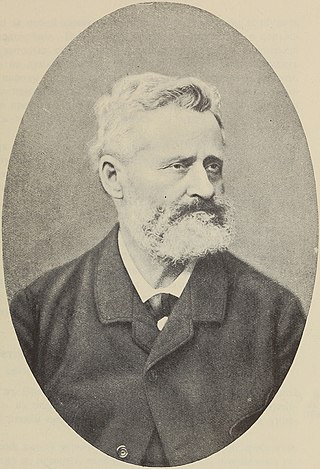
Adolf Dobriansky was a public figure and leader of the Carpatho-Rusyn movement in Subcarpathian Rus', lawyer and writer.

In 1944 and 1945, the Red Army pushed out the Royal Hungarian Army and took control of Carpathian Ruthenia, also called Transcarpathia. In 1945 and 1946, the region was annexed by the Soviet Union from the (Third) Czechoslovak Republic, which the Allies considered to be the legal owner of the territory beforehand.














